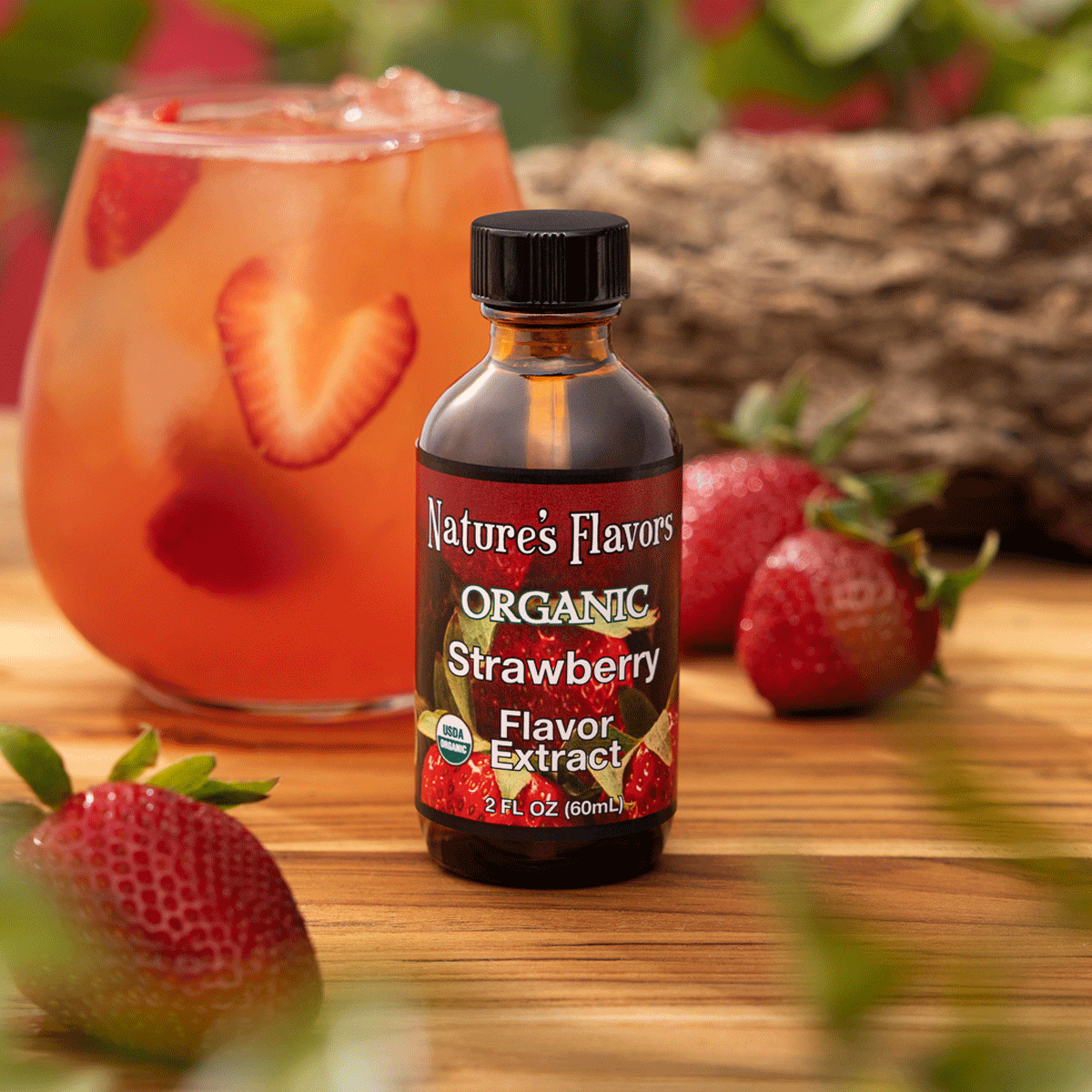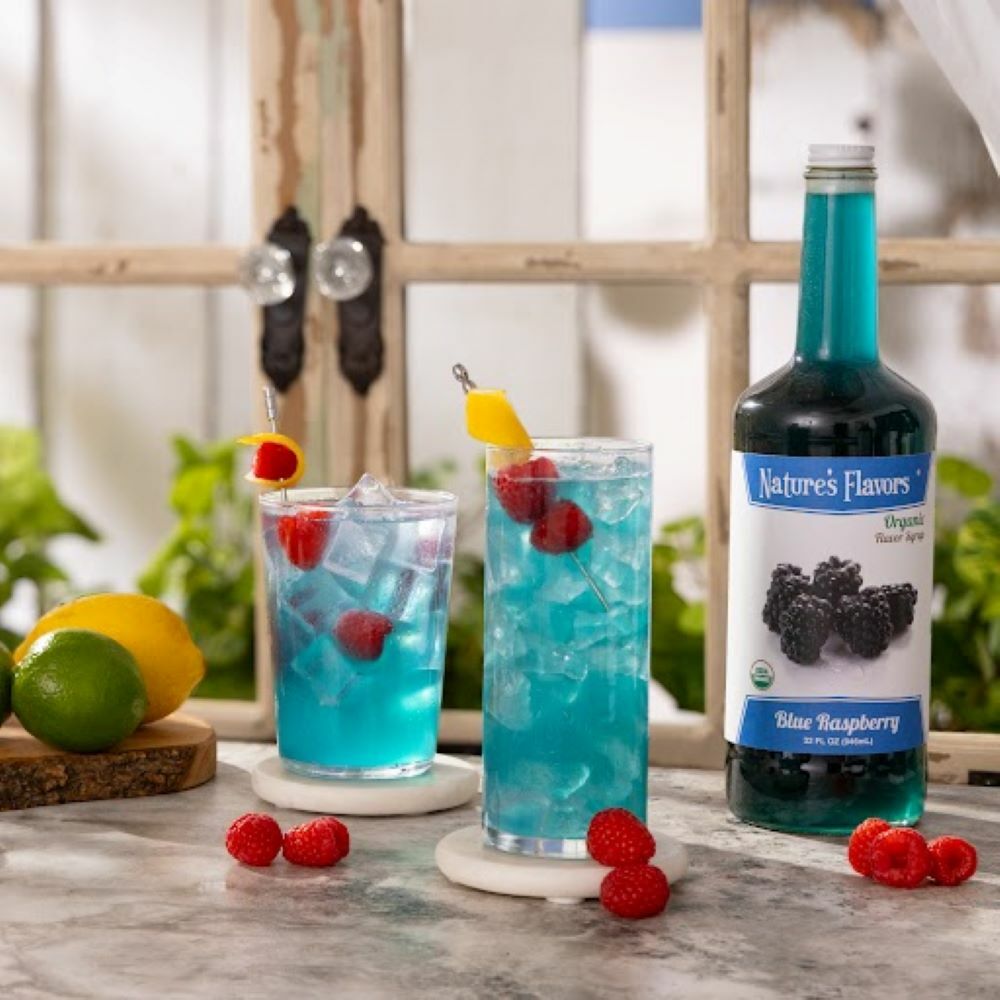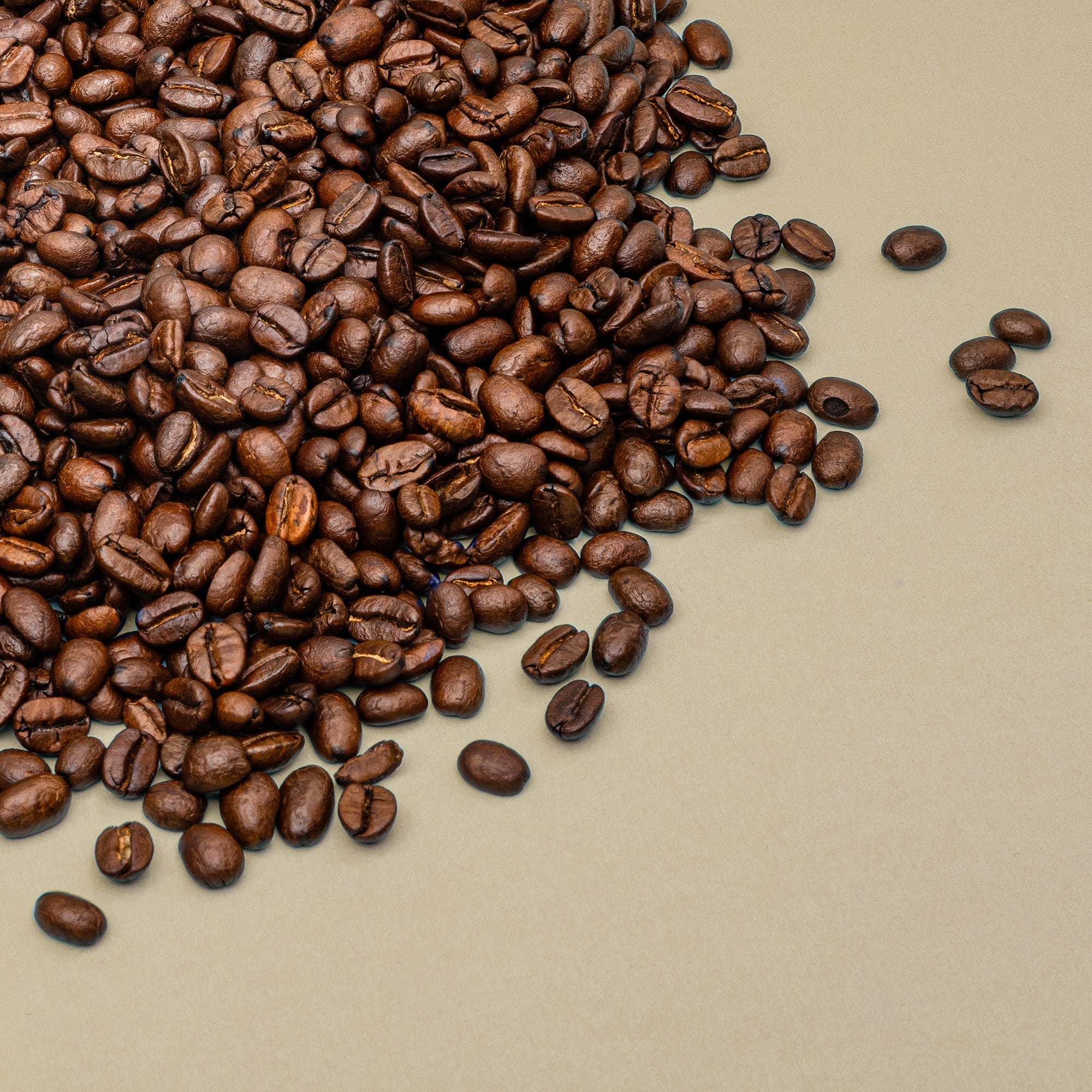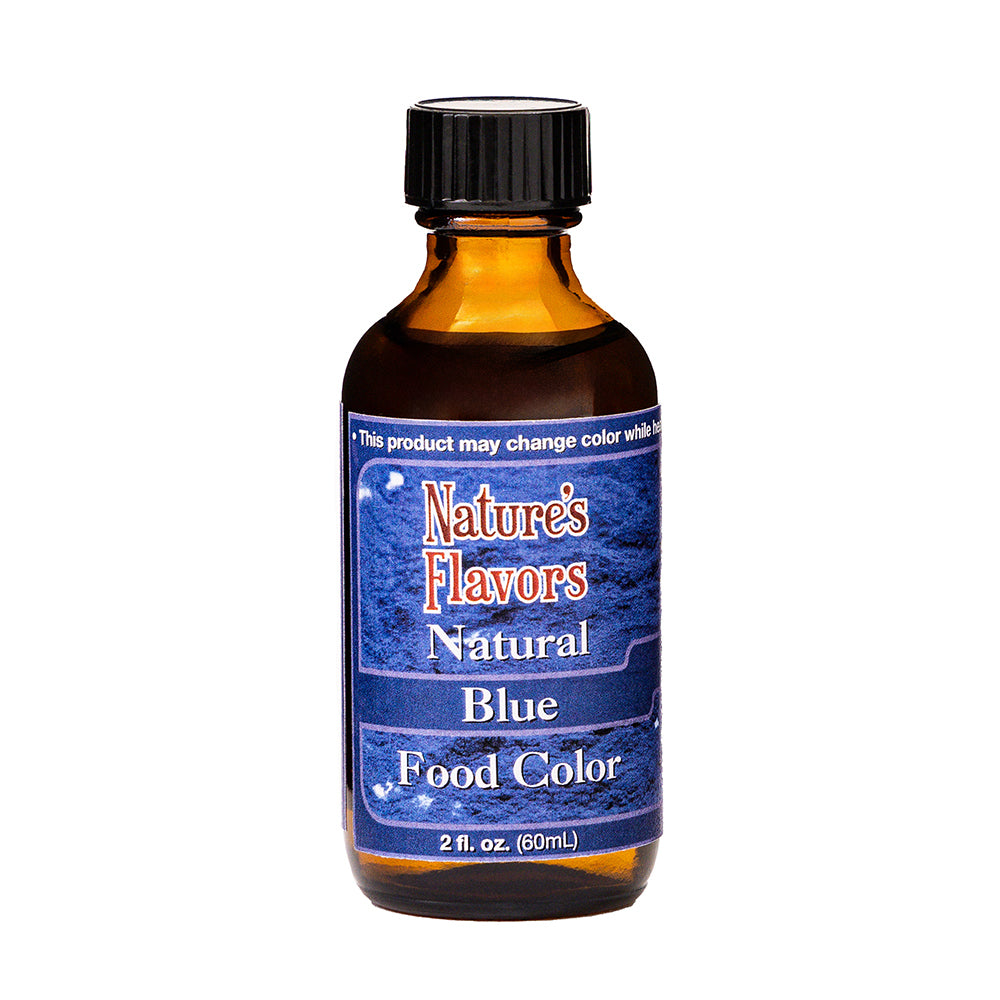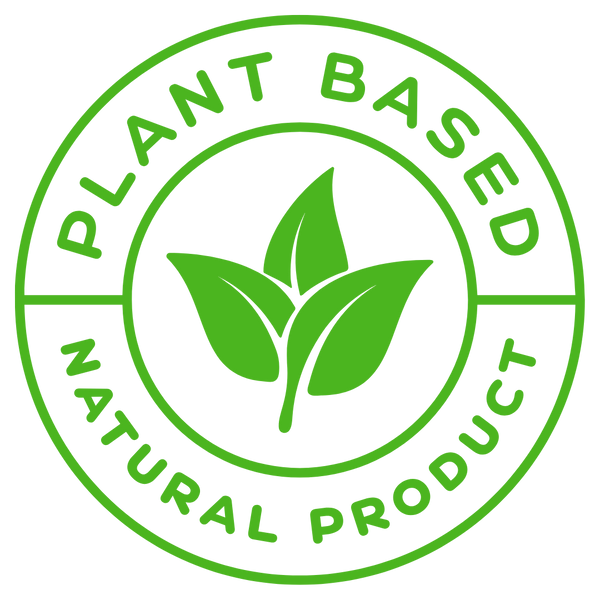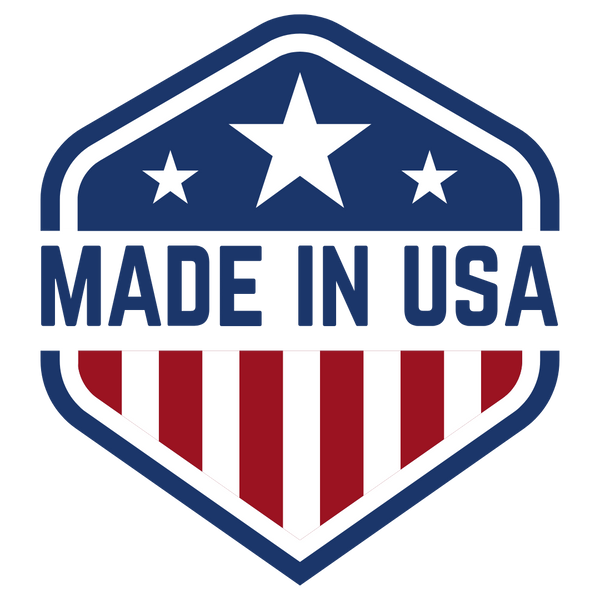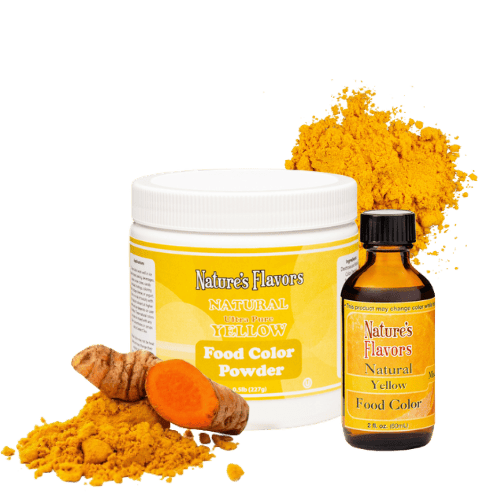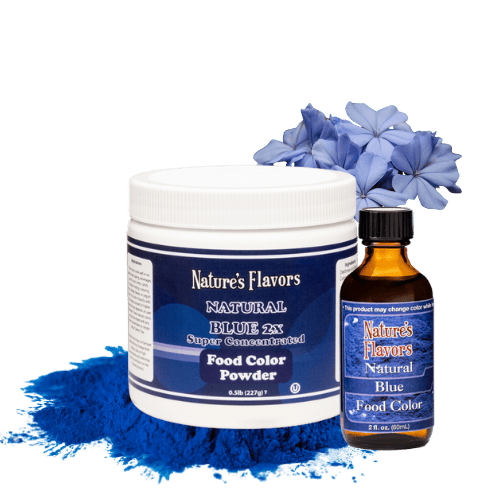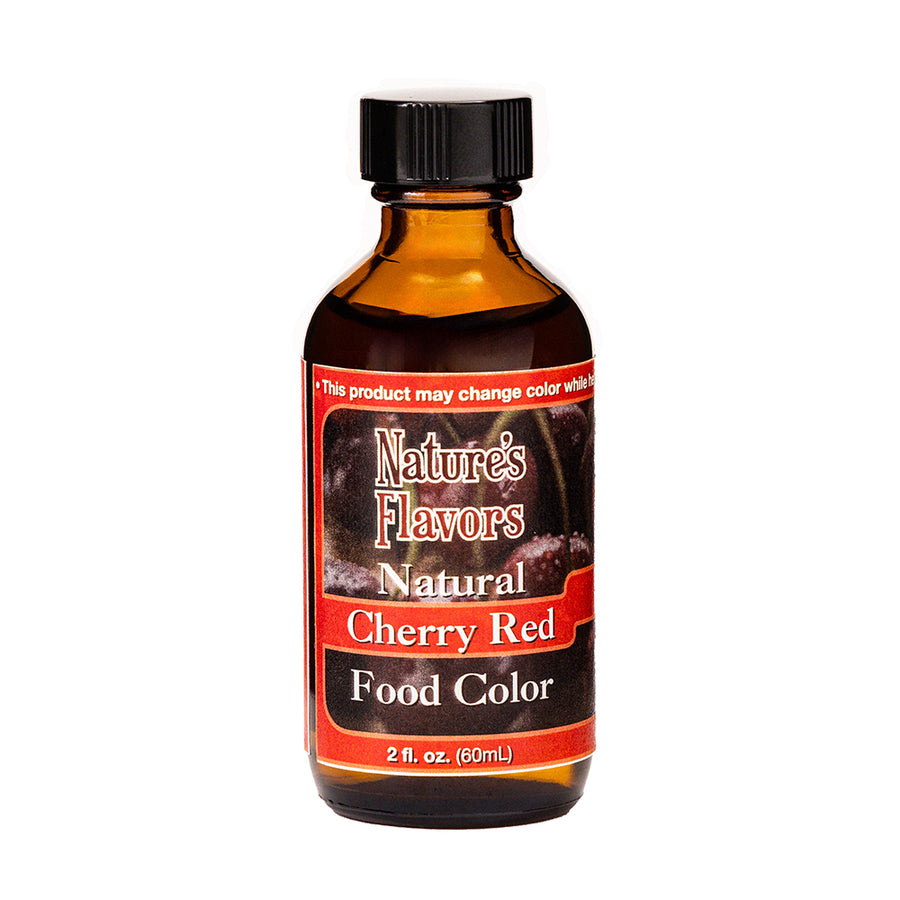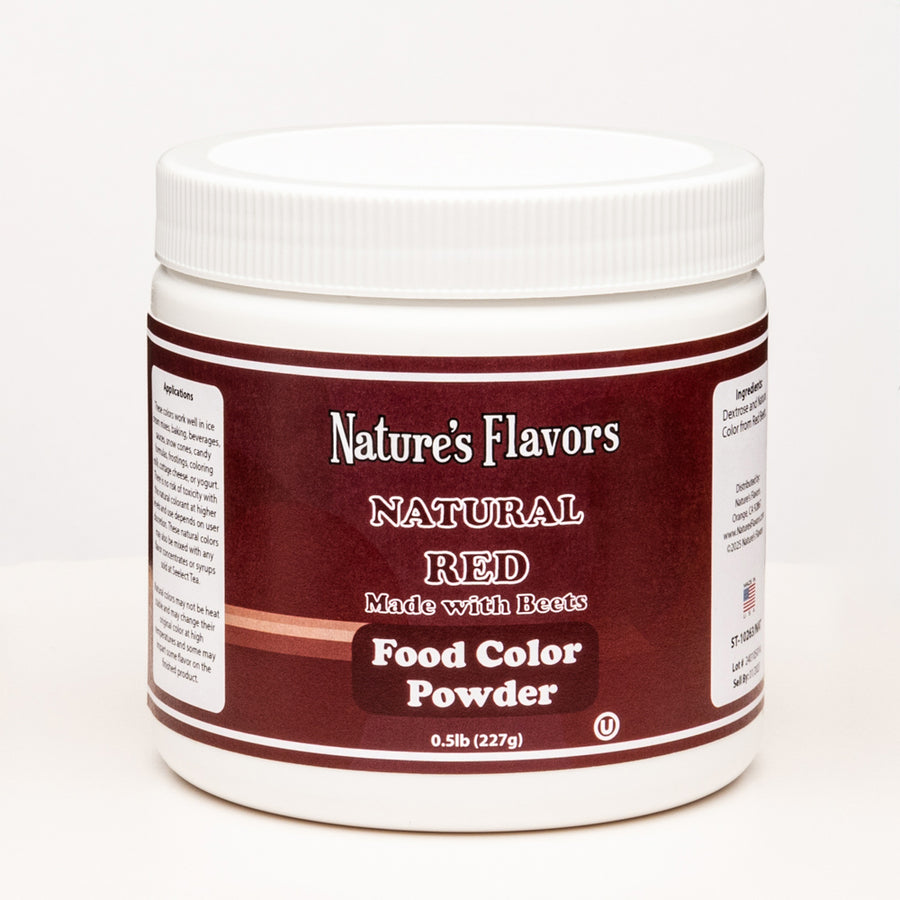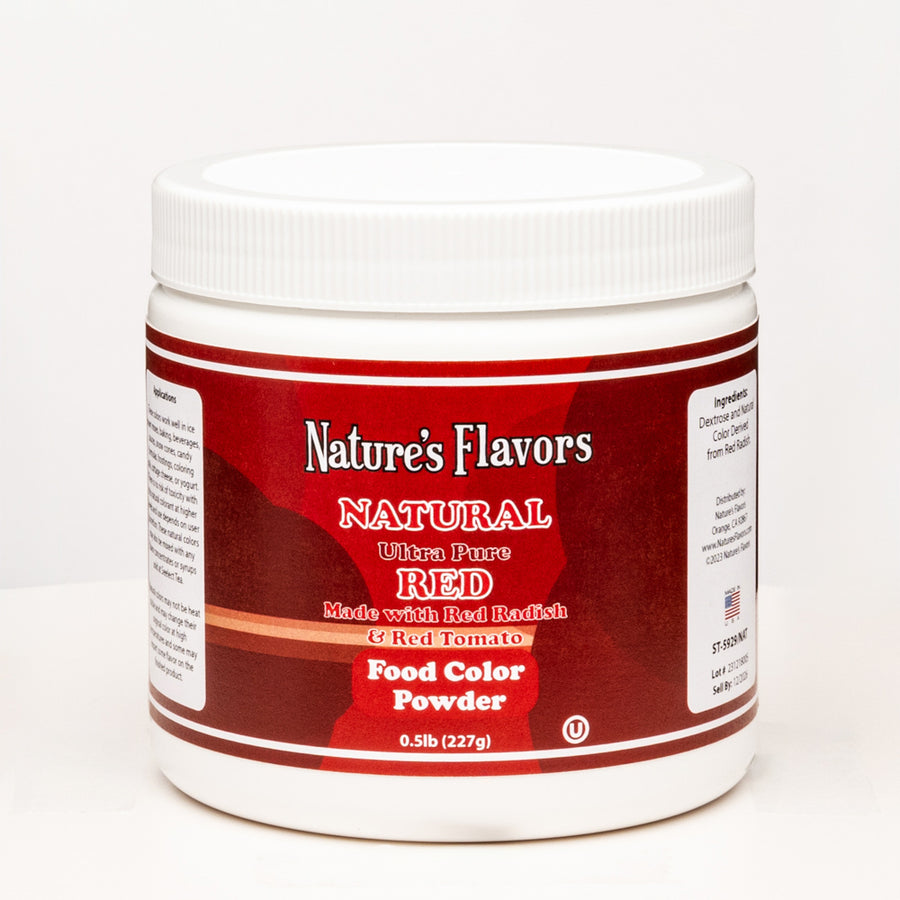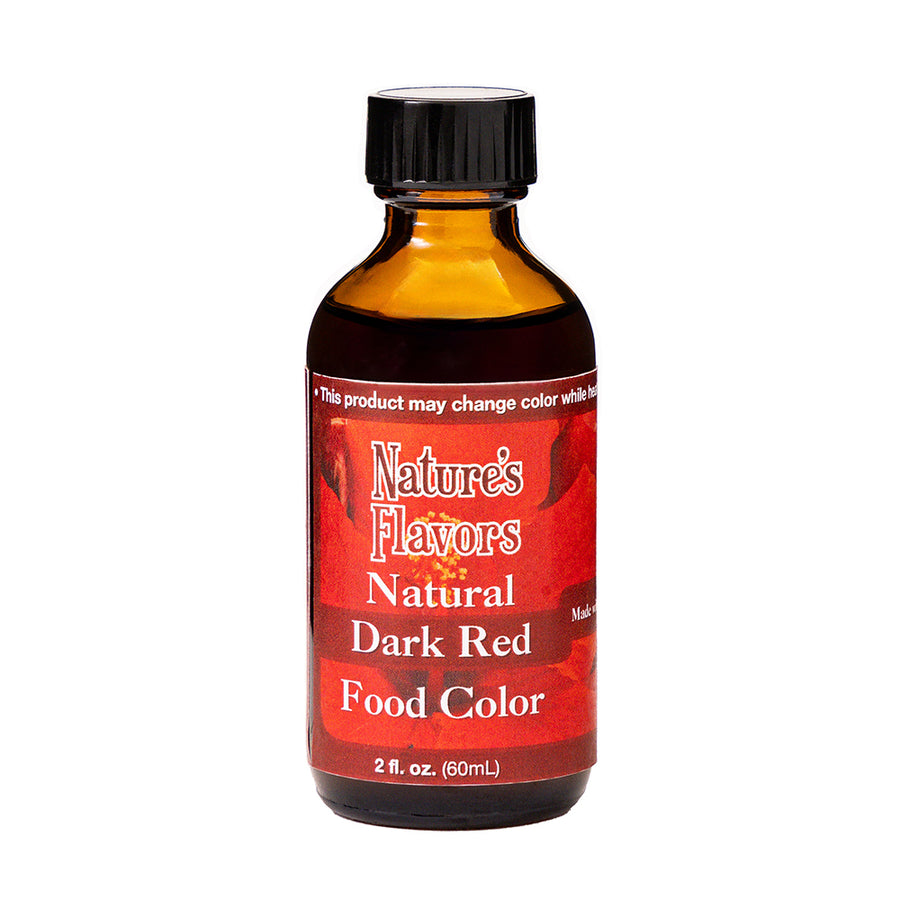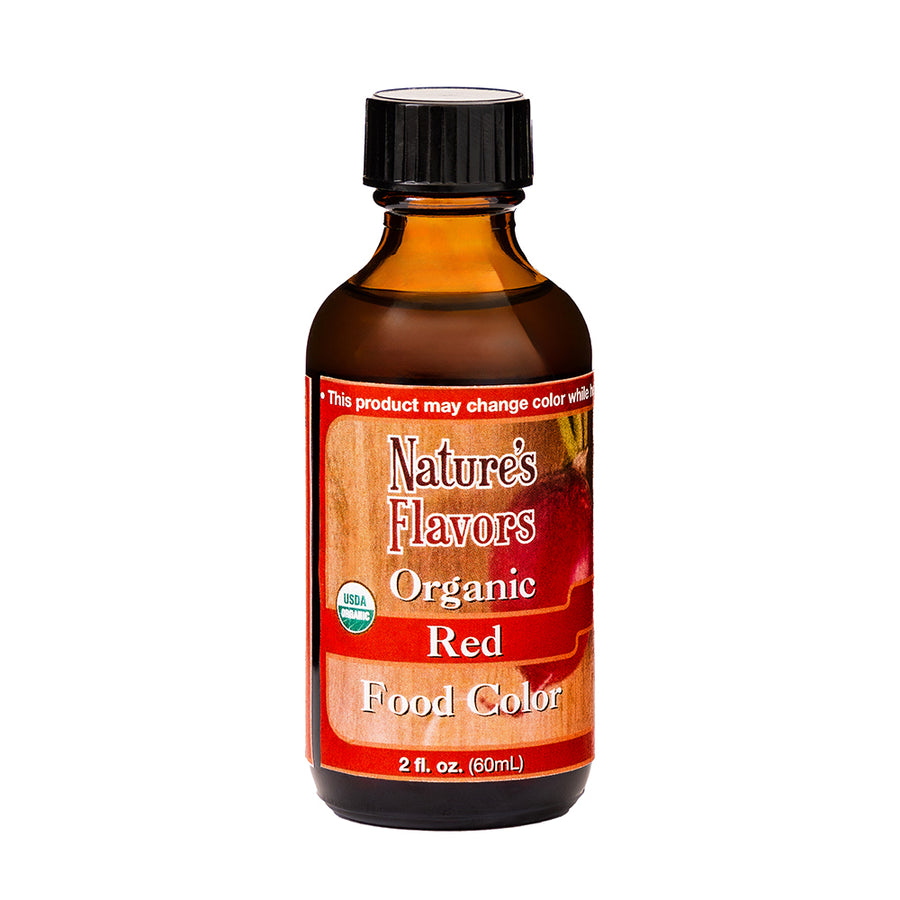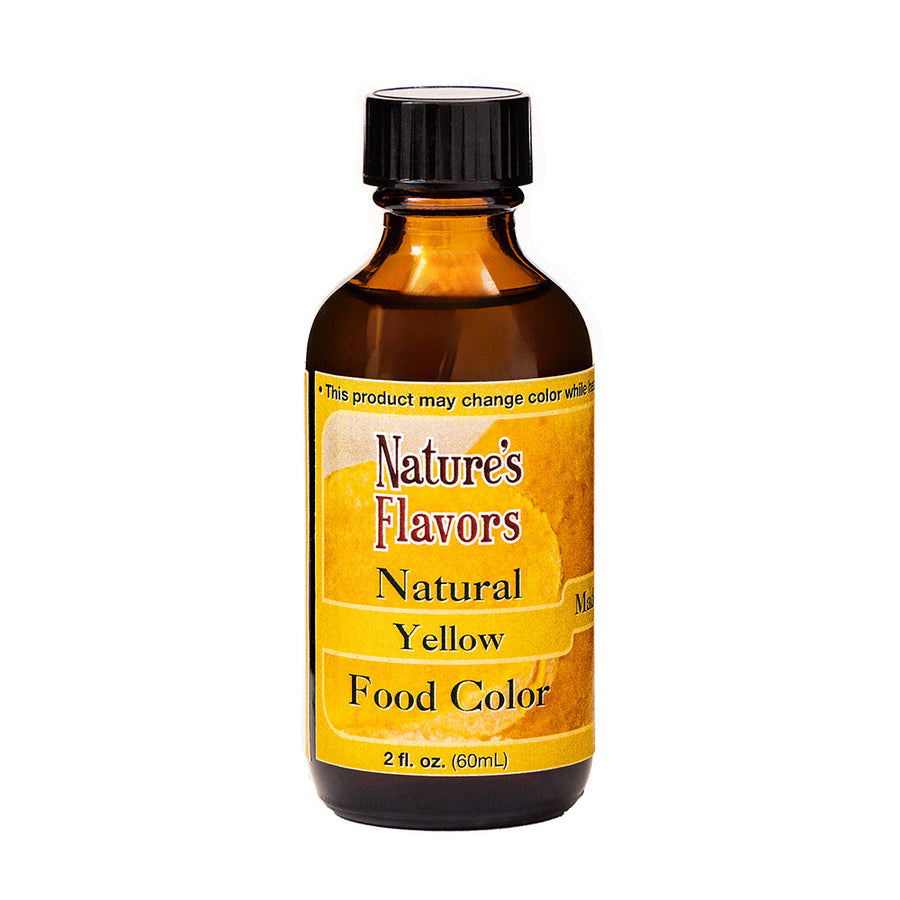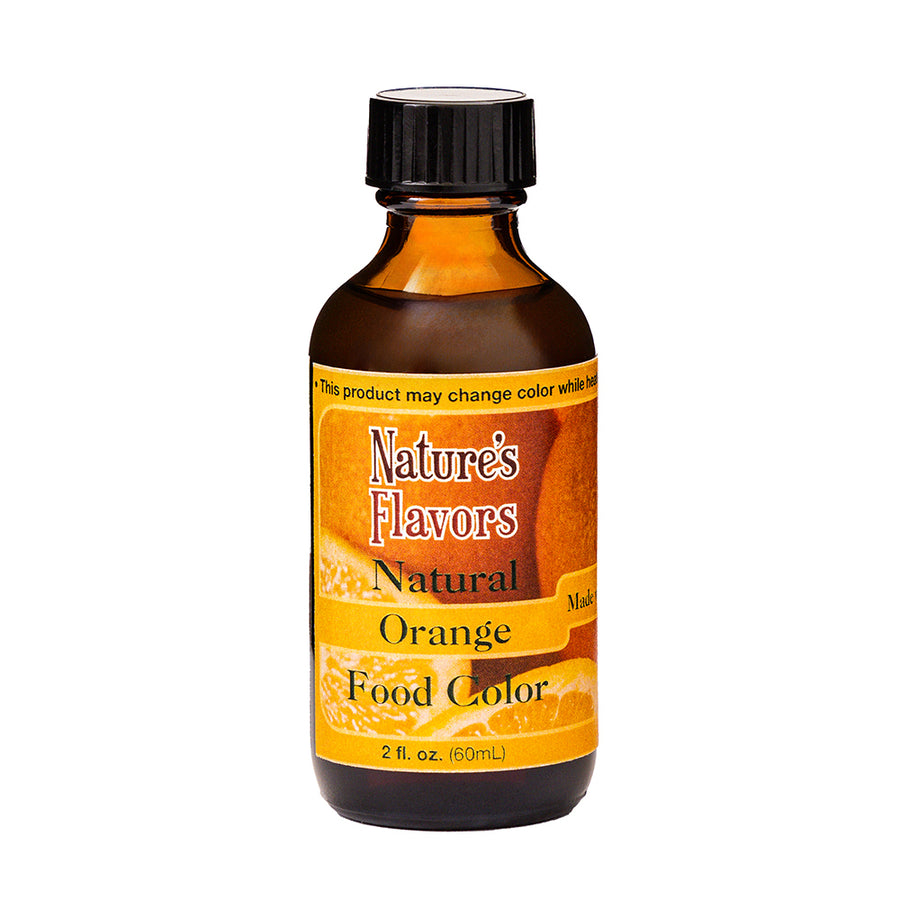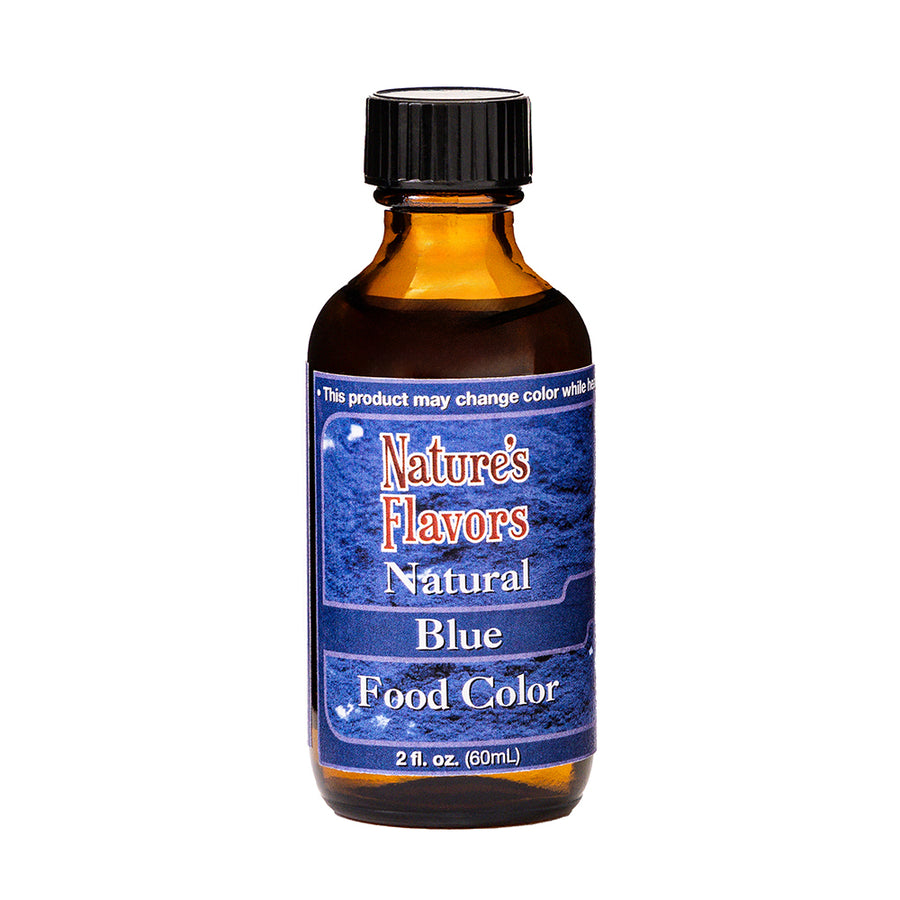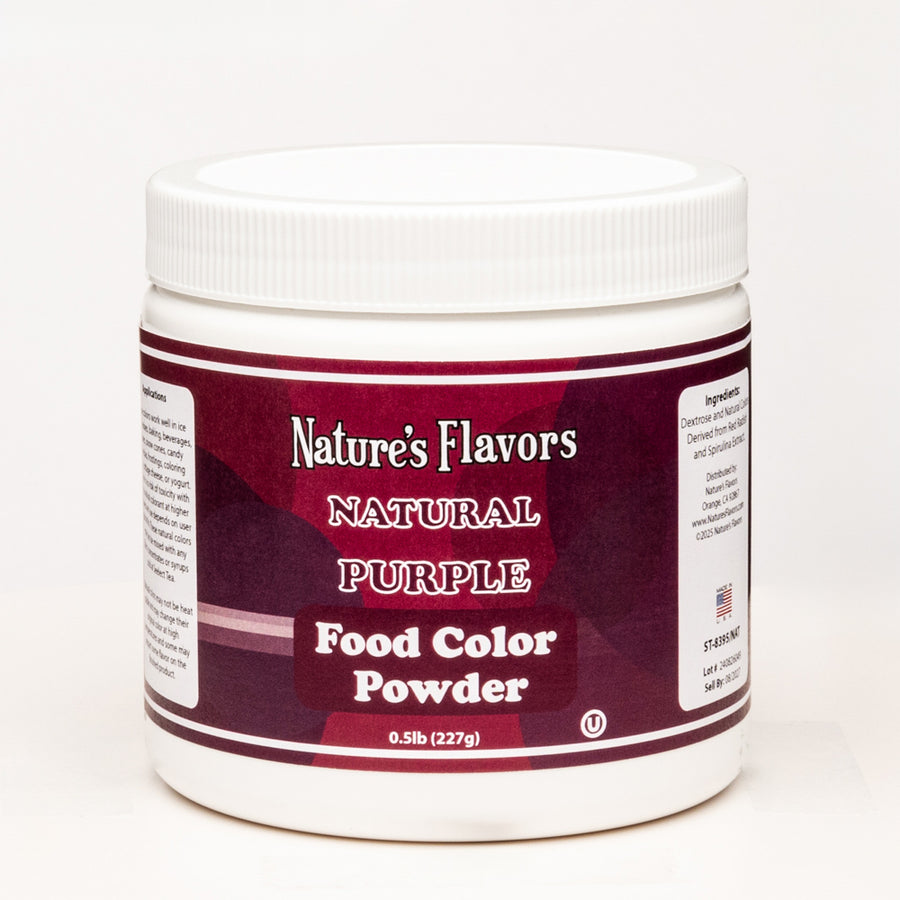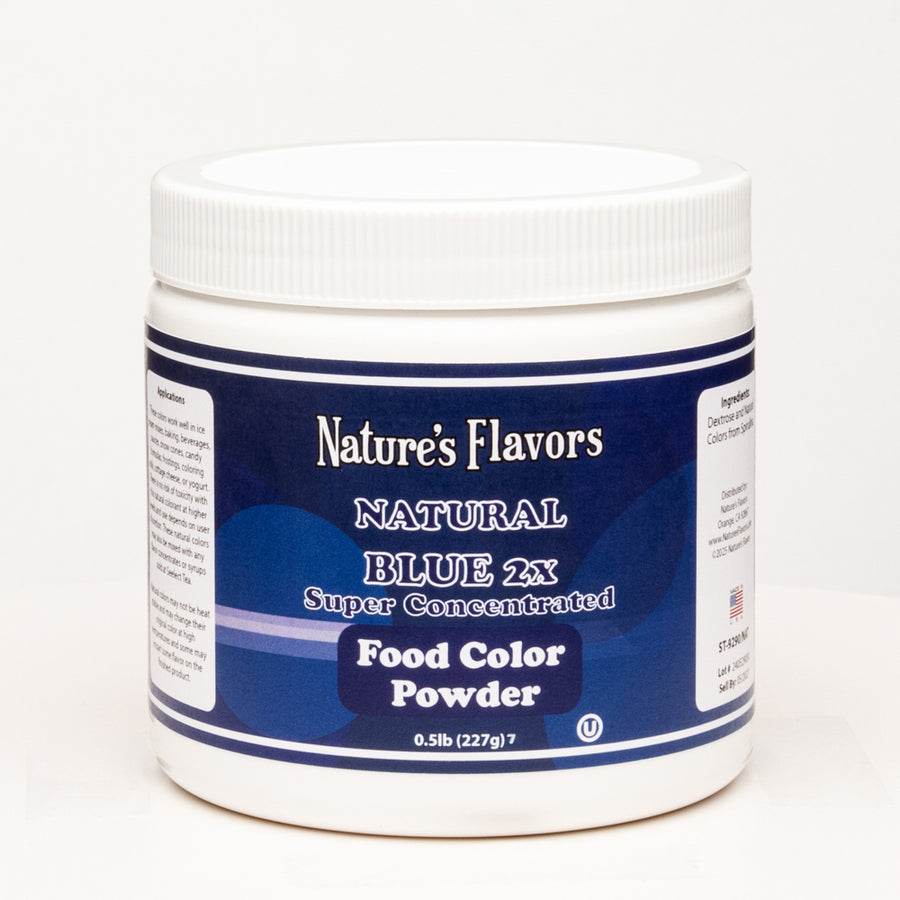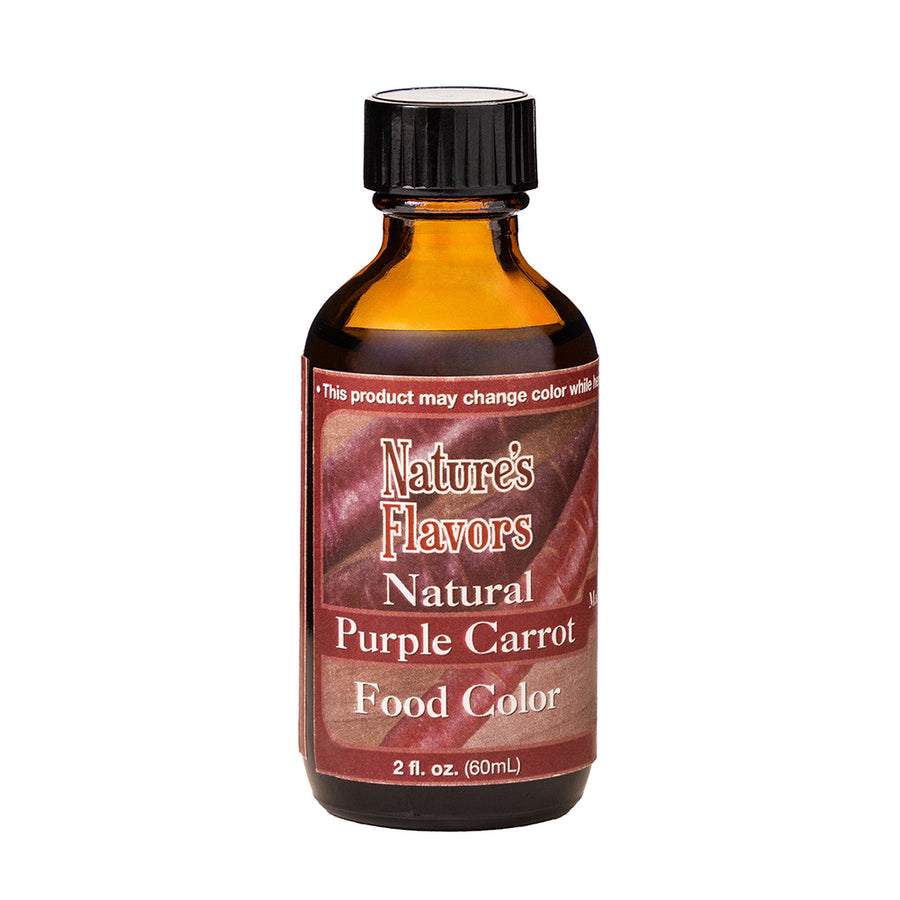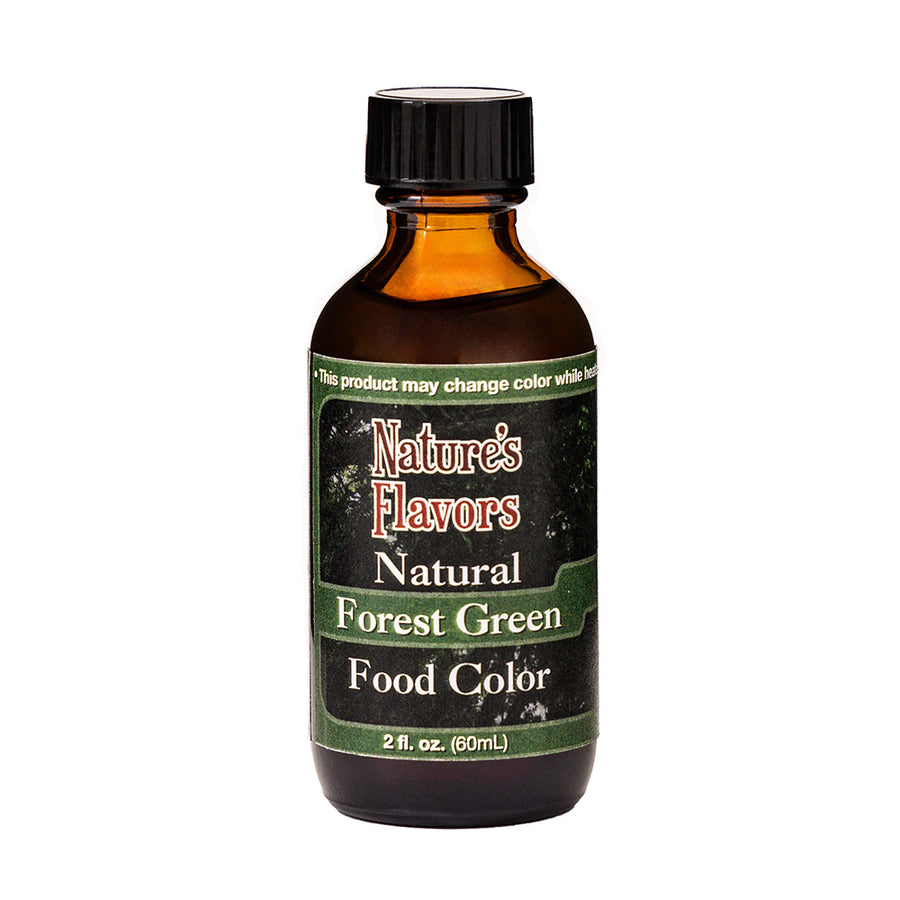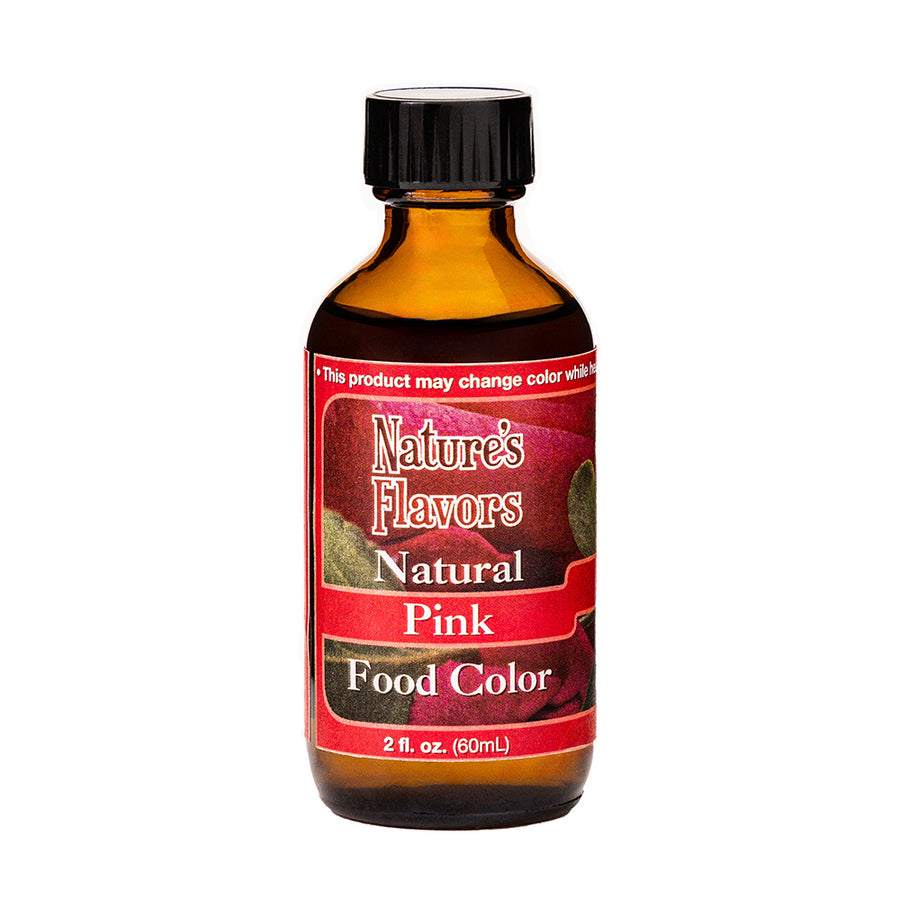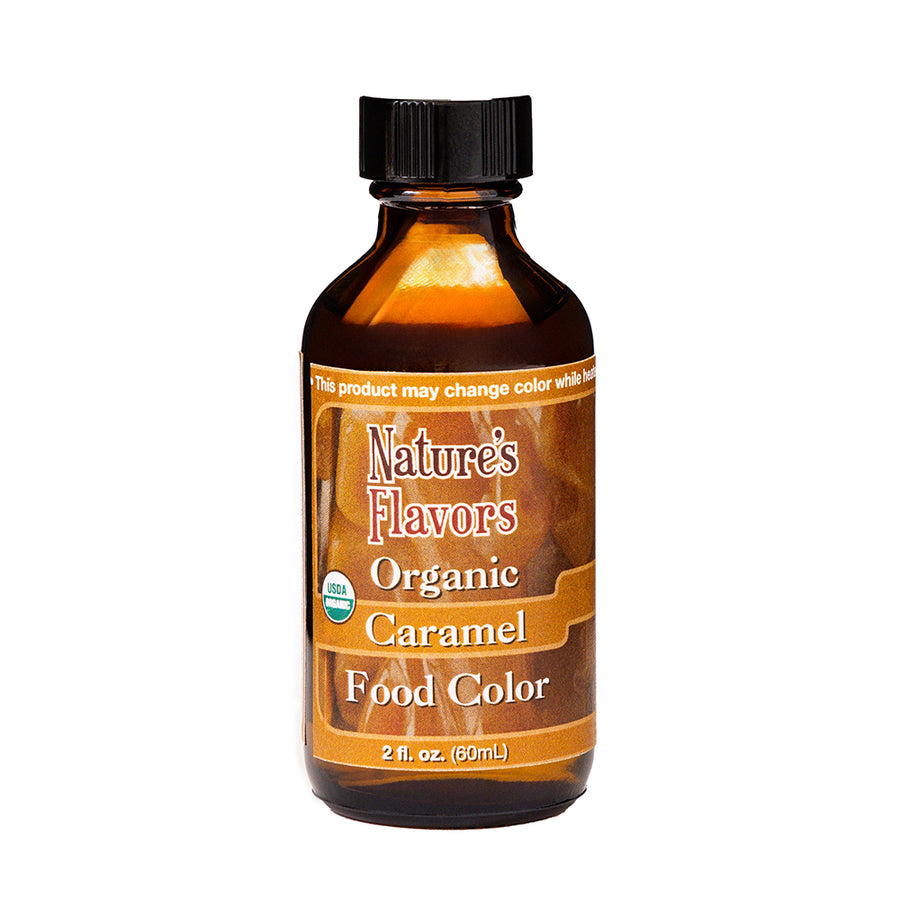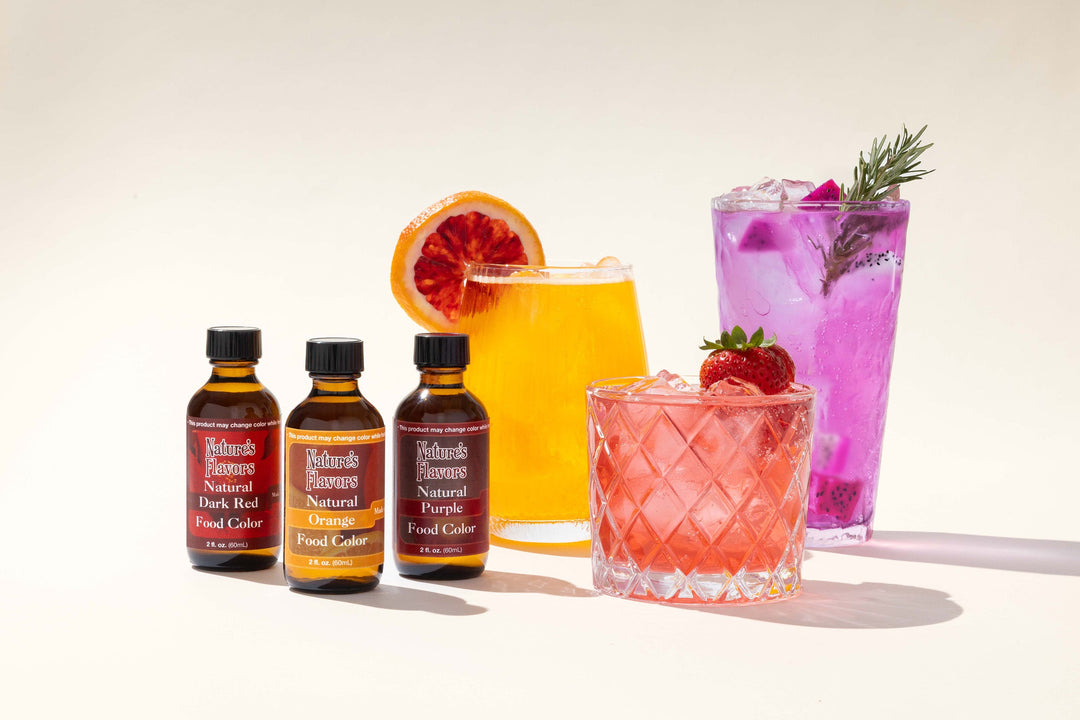Introducing our Cherry Red Food Coloring, Natural, a premium quality, all-natural food coloring solution designed to bring vibrant red hues to your culinary creations. This product is perfect for professional chefs, bakers, and home cooks who prioritize natural ingredients without compromising on color intensity. Made from carefully selected natural sources, our Cherry Red Food Coloring does not contain any artificial additives, ensuring a safe and healthy option for all your food coloring needs. Whether you're crafting stunning cakes, pastries, or beverages, this natural food coloring provides consistent and brilliant results every time.
Ingredients:
Our Cherry Red Food Coloring is crafted from a blend of natural ingredients, including beetroot extract and other plant-based colorants. These ingredients are carefully processed to retain their vibrant color and nutritional benefits. The absence of synthetic dyes makes this product an ideal choice for those seeking a natural alternative to traditional food colorings. Each batch is rigorously tested to ensure purity, potency, and safety, providing you with a reliable and high-quality product.
Benefit:
The Cherry Red Food Coloring, Natural offers numerous benefits for both professional and home kitchens. Its natural composition means it is free from harmful chemicals and artificial additives, making it a healthier choice for consumers. The vibrant red hue it imparts is perfect for a wide range of applications, from baking and confectionery to beverages and savory dishes. Additionally, its bulk packaging ensures you have an ample supply for all your culinary needs, reducing the need for frequent reordering and minimizing packaging waste.
Applications:
Our Cherry Red Food Coloring is versatile and easy to use, making it suitable for a variety of culinary applications. Simply add the desired amount to your recipe to achieve the perfect shade of red. It is ideal for coloring icings, fondants, batters, and beverages, providing a consistent and vibrant color every time.
Brewing Instructions
To achieve the best results with our Cherry Red Food Coloring, start by adding a small amount to your mixture and gradually increase until the desired color intensity is reached. Stir thoroughly to ensure even distribution. For beverages, dissolve the coloring in a small amount of liquid before adding it to the main mixture to prevent clumping.
Storage:
Store the Cherry Red Food Coloring in a cool, dry place away from direct sunlight to maintain its quality and color intensity. Ensure the container is tightly sealed after each use to prevent contamination and moisture absorption. Proper storage will extend the shelf life of the product, allowing you to enjoy its vibrant color for longer.


